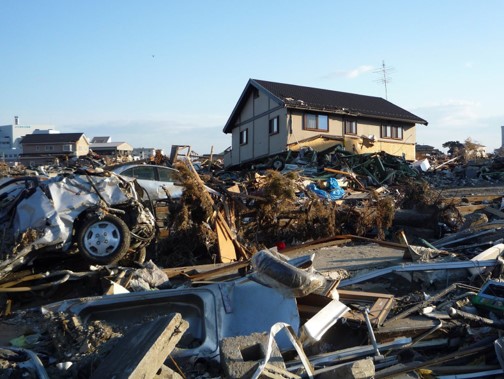In the event of an earthquake, uninsured or under-insured homeowners - who represent around 70% of the market - are forced to continue paying off the mortgage on their home which has been partially or completely demolished, and is therefore uninhabitable.
As a result, a significant proportion of the Japanese population are at risk of falling into “double- debt”, a situation in which they are still paying their old mortgage whilst being forced to take out an additional mortgage to buy a second property they can live in.
The 2011 Great East Japan earthquake and tsunami, the fourth most powerful earthquake ever recorded in history, brought this problem into even sharper focus. It is estimated that almost one million buildings were damaged and over 120,000 were destroyed.

Following the earthquake, a leading academic at Ritsumeikan University in Japan published research findings which identified Japan’s double-debt phenomenon for the first time. With the country at increased risk of further major earthquakes, a leading academic at Ritsumeikan University in Japan published research findings which identified Japan’s double-debt phenomenon for the first time.
With the country at increased risk of further major earthquakes, Professor Jiro Akahori and his colleagues at Ritsumeikan University have worked with the IFAM team to mathematically model and design a new mortgage product with insurance that could improve the management of financial risk.
Crucially, the model was designed to focus on driving forward and delivering positive social outcomes, rather than simply focusing on maximising profitability for financial institutions.
The underpinning mathematics model has been adopted by actuaries across Japan. Students from Japan who collaborated on the project are now working in industry, helping to spearhead the implementation of this work across the Japanese financial sector.
IFAM is globally recognised for their inclusive insurance mathematics research. Through our collaborative partnership, we are applying new and existing Pioneering new approaches for more inclusive earthquake insurance for people and communities in Japan mathematical approaches to make insurance in Japan more inclusive for people and communities affected by extreme events such as earthquakes and pandemics
PROFESSOR JIRO AKAHORI, RITSUMEIKAN UNIVERSITY